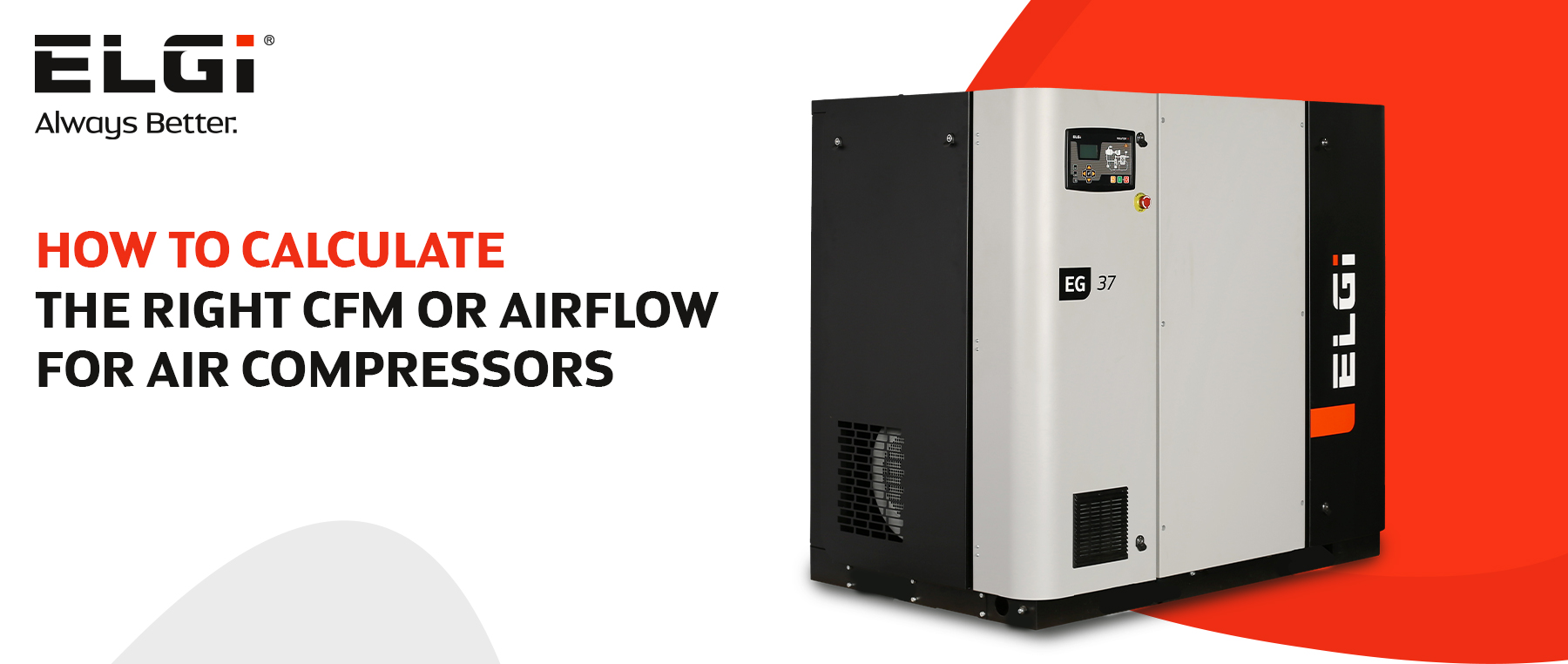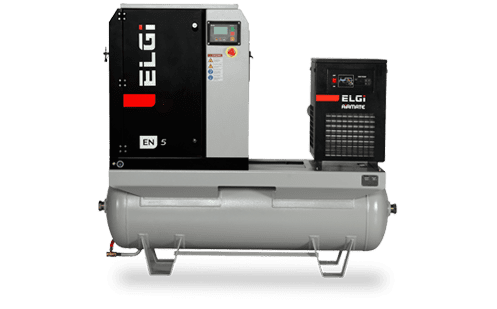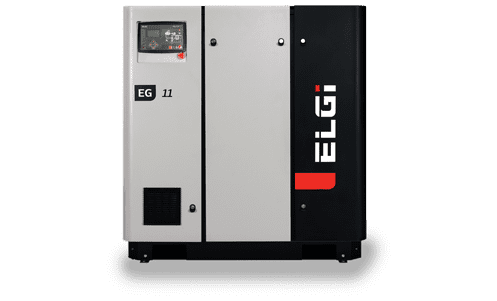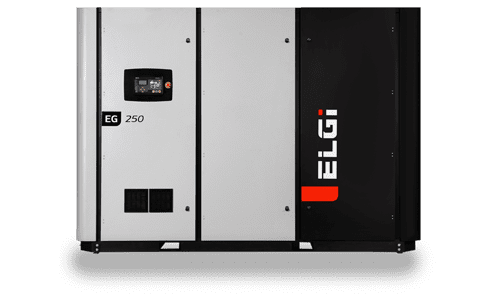How to calculate the right CFM or airflow for air compressors

What is CFM or airflow, and what are the requirements of some common pneumatic tools?
If you plan to buy an air compressor for your industrial application, you need to mull over several factors that best suit your needs. One important consideration is the air pressure requirement of the equipment that the air compressor will operate.
The free air delivery in an air compressor is measured in cubic feet per minute (CFM). It is the amount of air generated by the air compressor at a certain pressure level. Another parameter considered along with CFM is the amount of pressure that the air compressor can offer, which is measured in bar, kg/cm2 or PSI.
For instance, small pneumatic tools usually need up to 5 CFM at 4.8-6.2 bar. Larger equipment, on the other hand, demand more than 10 CFM at 6.9-8.2 bar. Remember that when you have multiple applications with different airflow demands, you should add up their individual requirement and consider the total usage to be 40-50% higher than the obtained number. This is to ensure the air compressor doesn’t run at full capacity at all times.
Take a look at the airflow required for some common air compressor applications:
Drilling machines
While the commonly used electric drills can penetrate only softer surfaces such as wood or fibreglass, air compressor based pneumatic tools can also drill through hard materials such as rocks and metals. For this application, compressed air powered drills, both reversible and straight-line, need between 3-6 CFM at 6.2 bar.
Chiselling tools
Air chisel is a handheld pneumatic tool with a narrow and flat cutting edge. It is used to cut into wood and stone, for construction and home renovation applications. It is particularly handy in carving out mortises and dovetail joints while building adjacent walls and shelves.
Normally, air chisels need between 3-11 CFM at 6.2 bar.
Angle grinders
Air compressor powered angle grinders find use in car repairs and metalwork where they are used for grinding, buffing and cutting. When supported by an appropriate sanding disc, angle grinders can also be used to smoothen the surface and edges of some materials. For most applications, a basic 7-inch portable angle grinder needs between 5-8 CFM at 6.2 bar.
Cut-off tools
Cut-off tools need considerable power to sever metal sheets in the building and maintenance of vehicles, industrial applications, and artistic works. With air-powered tools, it becomes easier and quicker to slice metal sheet corners and cut out panels from large metal walls.. An air compressor between 4-10 CFM at 6.2 bar can effectively power cut-off tools.
Riveting
Contrary to what some people believe, riveting has not become obsolete after the advent of welding. As permanent clasps, rivets are still used in numerous mechanical applications, such as aircraft construction that needs strong and reliable fastening with minimum weight. Air riveting tools are also used in construction work – commonly used to set up corrugated metal roofs. They do not consume much power, and 4 CFM at 6.2 bar is their standard requirement.
Shearing equipment
Air shears are good for heavy-duty metal cutting that cannot be done with nibblers. They are used to shave, trim, slice and outline metal sheets for handicrafts and industrial works. Modern pneumatic tools are equipped with pistol-grip shears that can make up to 2600 cuts in a minute. Also, a standard air compressor powered shear is capable of cutting into sheet metals with a thickness of 16 gauge, 20-gauge cold-rolled steel and 14-gauge aluminium. Air compressors of between 8-16 CFM at 6.2 bar can power such shearing equipment.
Painting tools
One of the most useful pneumatic equipment is the airbrush that prevents bubbles, fisheyes, splotches and other inconsistencies in painting vehicle, wall and furniture surfaces. Air-operated paintbrushes also keep the flow of colour free from any moisture and dirt. They make it easier to apply coats of paint for a smooth finish and glaze that cannot be offered by regular brushes, rollers or aerosol spray dispensing systems. Normally, these devices need air compressors rated between 3-11.3 CFM at 6.2 bar.
***
Please note that the figures mentioned here are for specific make and range of tools. This may vary between manufacturers and application requirement.
ELGi builds air compressors with different airflow rates to suit multiple pneumatic tools used in a facility. If you still have questions about the optimal CFM or free air delivery for your applications, feel free to contact our team at 1800-425-3544 or reach out to us at communications@elgi.com.





